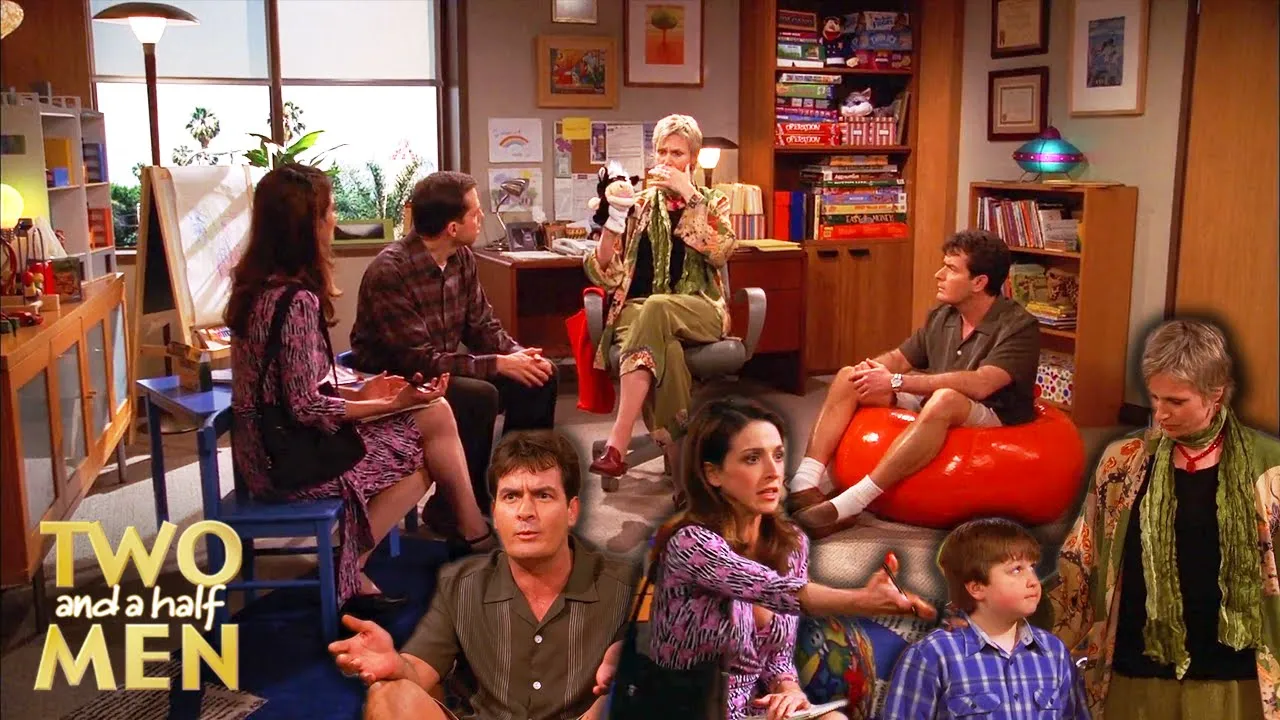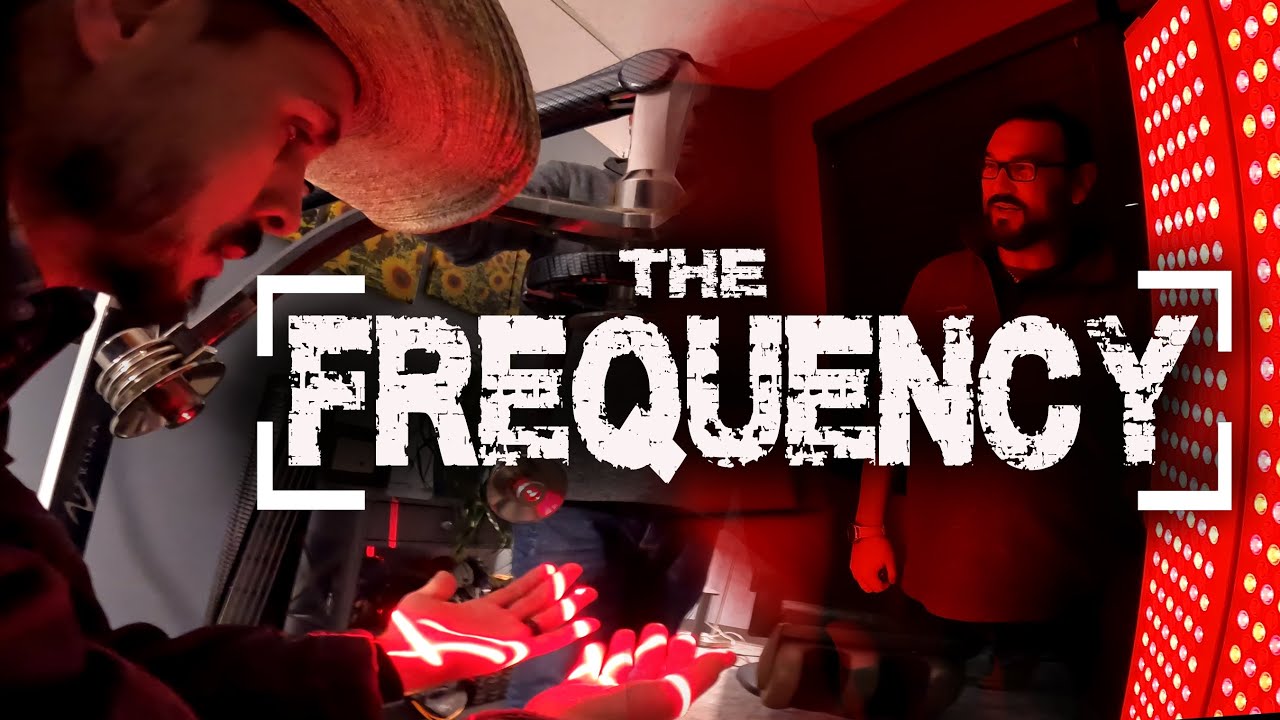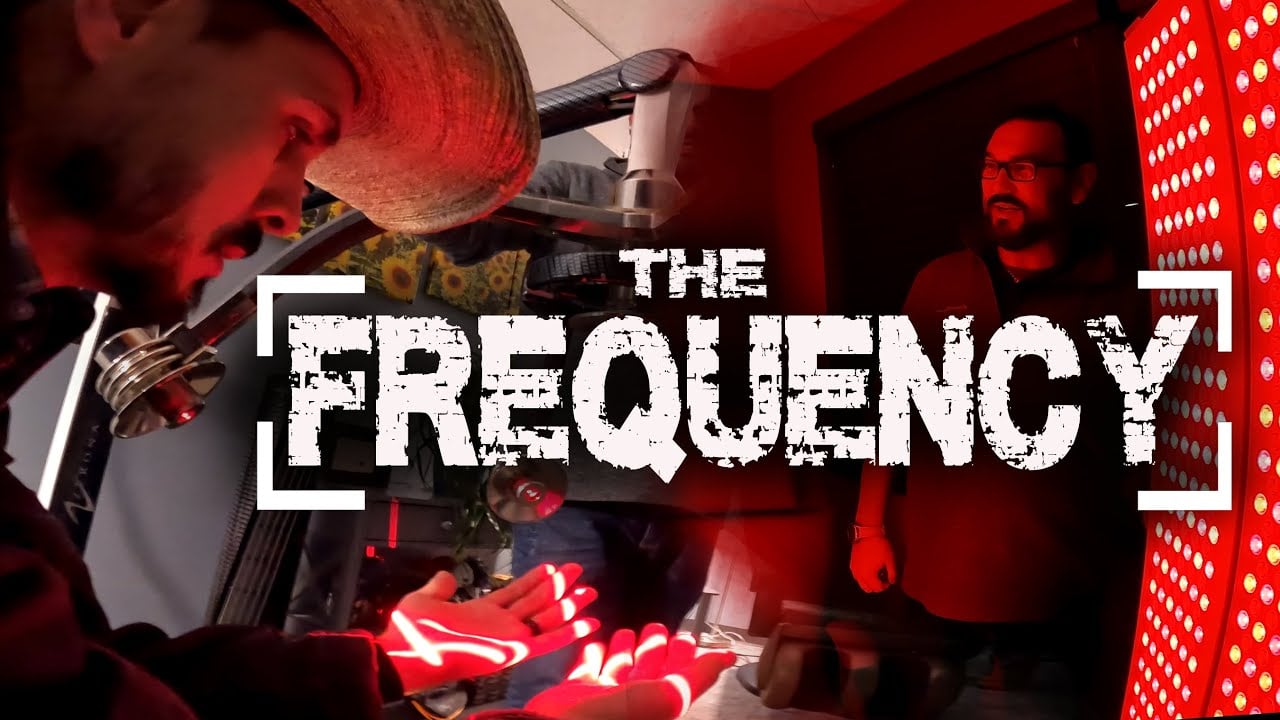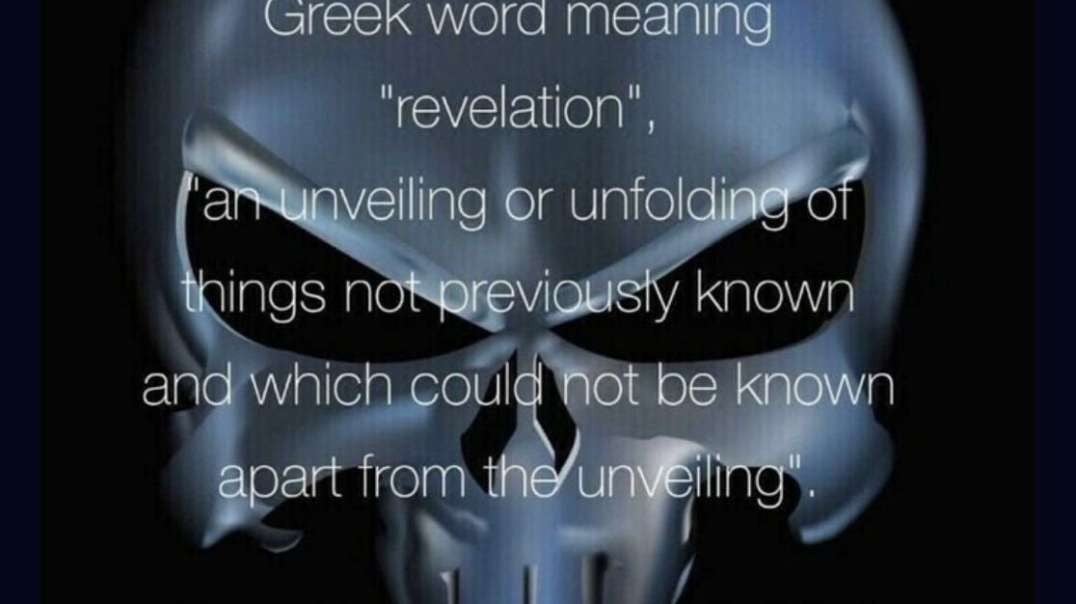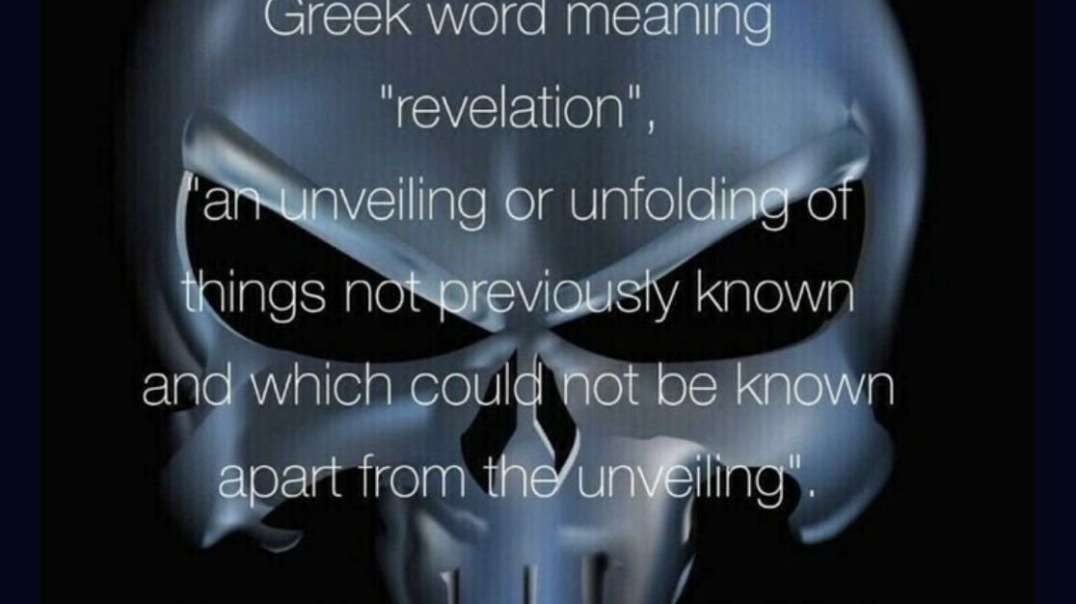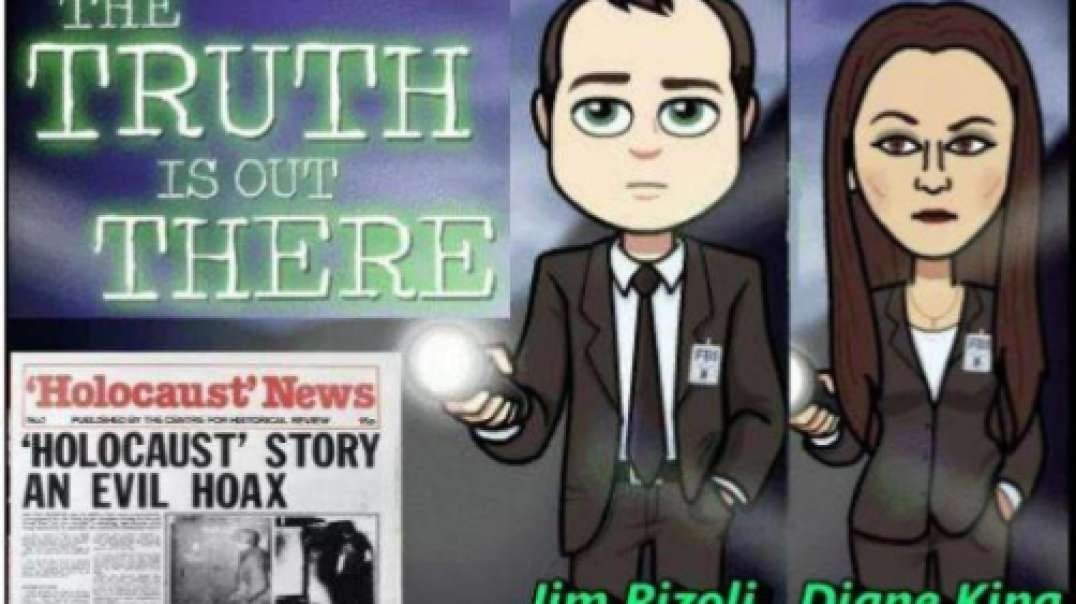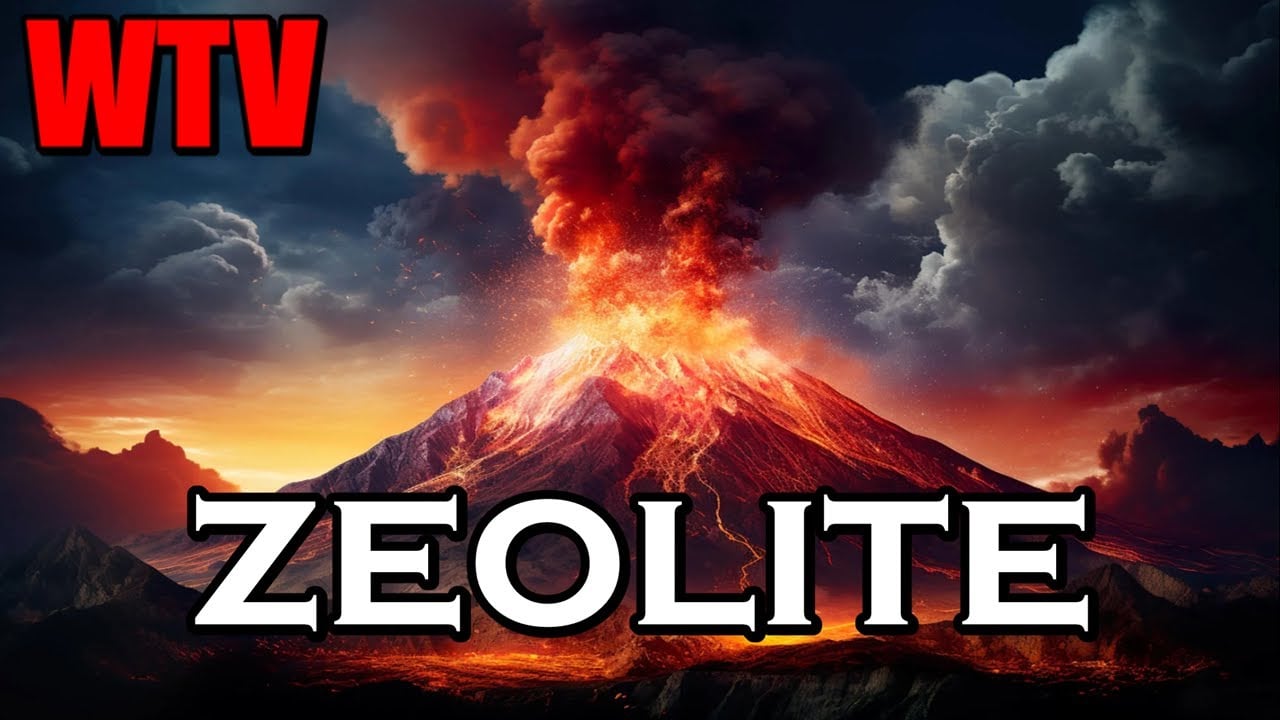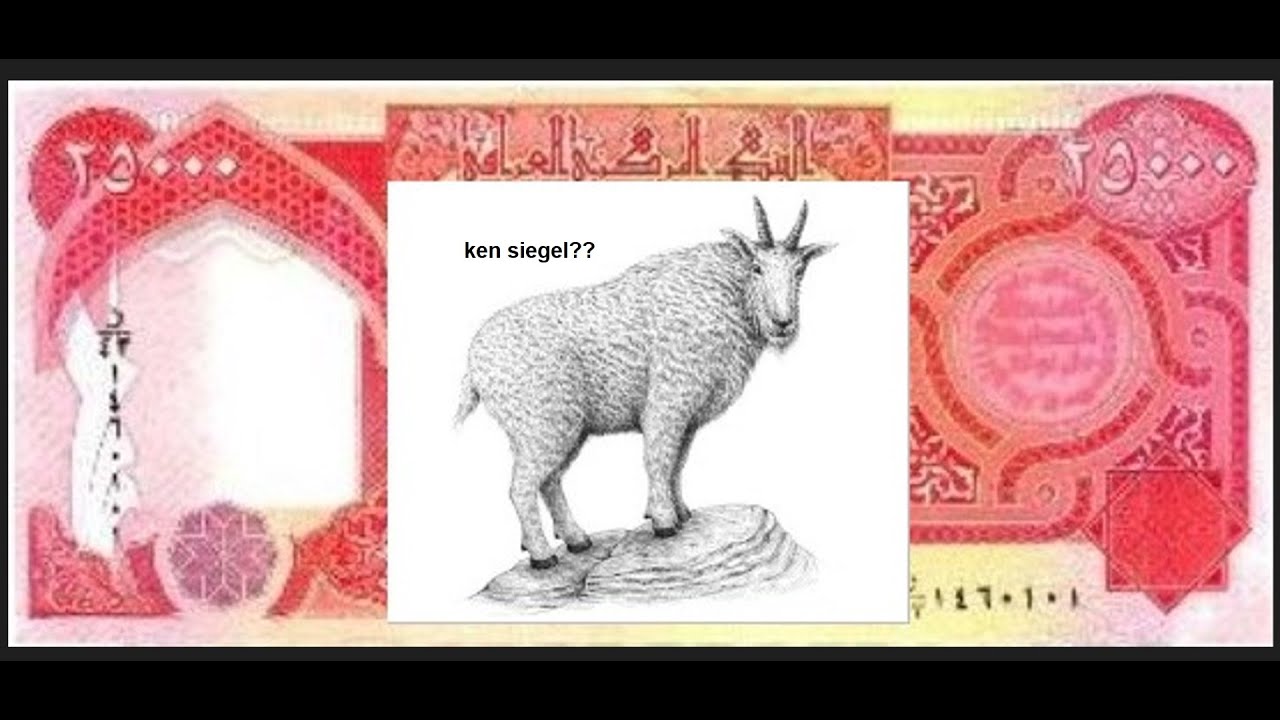4D Spacetime and Relativity explained simply and visually
To study subjects like this more in depth, go to: https://brilliant.org/arvinash -- you can sign up for free! And the first 200 people will get 20% off their annual membership. Enjoy!
Background videos:
Special Relativity: https://www.youtube.com/watch?v=ZAf7FXih-Jc
General Relativity: https://www.youtube.com/watch?v=tzQC3uYL67U
Maxwell & speed of light: https://www.youtube.com/watch?v=FSEJ4YLXtt8
Why isn't c infinite?: https://www.youtube.com/watch?v=392N-IYRepc
Outro artist of the week: Nicholas Antwi (BMI), "Mysterious Synth Drum Beat"
0:00 - Why time is a dimension
1:43 - Speed of light was a problem
3:54 - How Einstein resolved problem
4:54 - Minkowski geometry
6:59 - What're world lines
7:30 - What's a light cone
9:19 - How simultaneity is relativity
10:51 - How relativity affects light cones
13:09 - Future video topic
13:35 - Course at Brilliant for further study
Summary:
How to visualize Minkowski four dimensional spacetime and relativity using light cones and world lines. These are three spatial dimensions and one time dimension in the universe. With these 4 coordinates, you could rendezvous with anyone anywhere in the universe. In fact these 4 dimensions can describe any event in the universe.
But how did the idea of time as a dimension come about? How can we best visualize these 4 dimensions? And what really happens when space and time start doing seemingly weird things when two objects move relative to each other?
In the late 1800’s, scientists had recognized that there was an inconsistency between two theories – Newton’s laws of motion, and Maxwell’s equations describing electricity and magnetism. The problem was the speed of light.
Maxwell had shown that light was a self-propagating electromagnetic wave. And his theory predicted its speed to be about 300,000 km/s.
The question was what would the measured speed of light be if the person measuring it was moving. According to Newton, this moving observer should measure a different speed, than someone who was not moving. The measured speed should be the speed of the person, PLUS the speed of light.
In 1887, Michelson and Morley devised a highly sensitive experiment to measure the speed of light in the direction of motion of the earth. They found that the speed of light does not vary at all, due to the motion of the earth. A resolution of this unexpected result came from Albert Einstein who proposed that Newton’s laws of motion needed to be modified. He determined that the speed of light does not change in any reference frame, and worked out the implications of this idea.
Einstein showed that observers moving at different speeds will disagree about distance and time between two events. In other words, they will experience space and time differently.
Hermann Minkowski realized that relativity is really a theory about the geometrical relationship between space and time, and coined the term "spacetime." He suggested an easier way to visualize these four dimensions - by eliminating one of the dimensions, and making the vertical axis time, but in terms of length.
Something not moving spatially would be depicted as a vertical line. This is called called this a world line for the particle.
A uniformly moving point would be depicted as a diagonal line on this graph because it would be moving in at least one of the spatial coordinates as it is moving forward in time. An accelerating particle would be a curved line. A light flash somewhere in this 2D space would spread in all directions with time. This forms the shape of a cone. So Minkowski called this a light cone.
A light cone represents all the future events in spacetime that the light reaches from its initial event A. An upside down cone is the past light cone, and represents all the past events in spacetime that reach Event A.
Event A can be you here and now. The points outside these two light cones are causally disconnected from event A, meaning they cannot reach or be reached by event A.
How does special relativity enter affect world lines and light cones. Two observers moving relative to each other will not agree on simultaneity. Each will perceive the other's light cone as being tilted such that their observations being different can be explained.
#minkowskispacetime
#lightcones
#worldlines
What this shows is that simultaneity is relative to the observer. There is no absolute simultaneity in the universe. But each observer sees and experiences exactly the same spacetime. And both will agree on causality. Causality is always preserved in a universe with a finite speed of light. I will have more details on this issue of causality in a future video.


